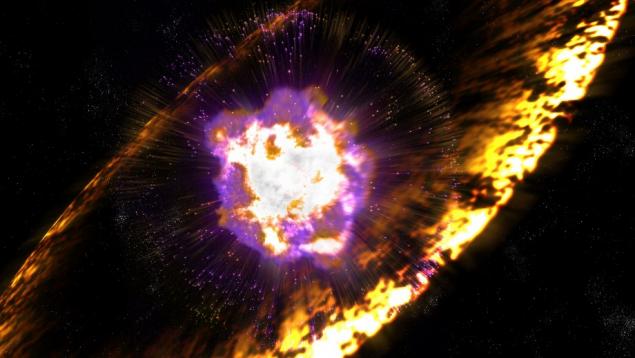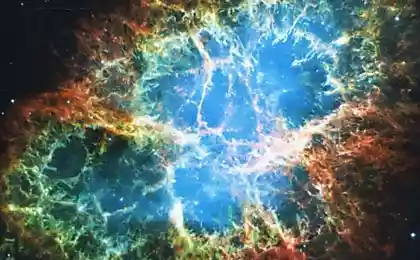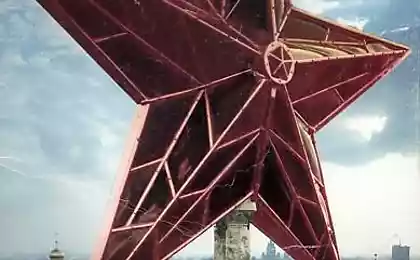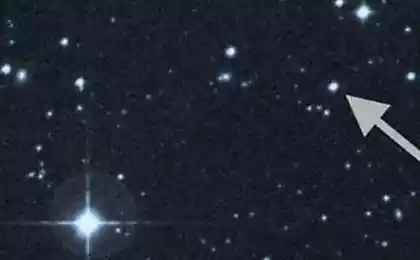635
On Earth, we discovered the radioactive debris of supernovae

An international team of scientists has found evidence that a relatively close to our planet, there were several supernova explosions in the recent past by space standards. Scientists have found settled on Earth "fragments" of stars, in particular isotope of iron -. 60 iron-
The isotope iron-60 was found in sedimentary rocks and in the earth's crust samples taken in the Pacific, Atlantic and Indian Oceans. It is accumulated in these areas in a period of 3, 2 and 1, 7 million years ago.
"We were surprised at how clear the debris of stars distributed over 1, 5 million years, - says Dr. Anton Uolner [Anton Wallner], a nuclear physicist from the School of Physics and Engineering at Australian National University (ASU). - This gives reason to believe that a supernova exploded one after the other, and there was a whole series. It is interesting, as it coincided with the period when the Earth cooled and changed from the Pliocene to the Pleistocene. »
isotopes related to the explosion of a supernova were also found about eight million years ago, coinciding with the global changes in the Miocene fauna. Scientists believe that the supernova explosion occurs at a distance of about 300 light-years away - a fairly old stellar cluster, the distance to which of us ever since increased. As it has almost no stars, which means that most of them have already exploded.
The brightness of these events in the world was to be comparable in brightness to the moon. However, cosmic radiation, even in this case it would be too weak to have a direct impact on the fauna of the planet. Some scientists believe that the increase in cosmic radiation could affect the cloudy planet.
Iron-60 - iron radioactive isotope with a half life of 2, 6 Ma. This is one of the heavy elements formed in stars and spreading after the explosion. As it reaches the Earth in very small amounts, the scientists took a very accurate method to detect this isotope in the rock. In the study, the researchers examined 120 samples from different places of the world's oceans, with fences covered the last 11 million years of the planet.
The work involved scientists from Australia, Austria, Israel, Japan, Germany.
Source: geektimes.ru/post/273998/
The origin of virtual reality: prototypes of 3D video glasses and hats from the past
Tesla has already received 325,000 pre-orders for Model 3























